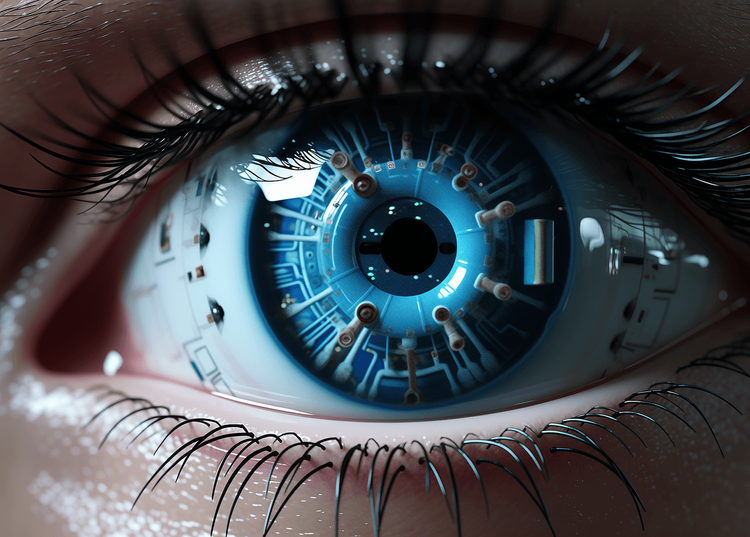Study Reveals OpenAI GPT-4 Surpasses Doctors in Eye Problem Diagnosis
Most people like

Transform your text and images into stunning videos effortlessly with the Luma AI Video Generator. Create captivating visual content in seconds and elevate your storytelling today!

Parthean is an innovative platform that leverages artificial intelligence to educate and empower users in the realm of finance. By combining cutting-edge technology with expert insights, Parthean equips individuals with the knowledge and tools needed to make informed financial decisions.

Introducing a premier platform for music sync licensing, sampling, remastering, remixing, and innovative reinterpretation. Explore endless creative possibilities and elevate your music projects with our comprehensive tools designed for artists, producers, and content creators.

In today’s digital landscape, striking visuals are essential for capturing attention and conveying your brand's message. With advancements in technology, AI tools for professional image enhancement have emerged as powerful resources to refine and elevate your photography. These innovative solutions enable users to effortlessly adjust lighting, colors, and details, ensuring each image stands out. Whether you're a photographer, marketer, or content creator, leveraging AI for image enhancement can dramatically improve the quality of your visual content and engage your audience more effectively.
Find AI tools in YBX



